The People Should Ask The Questions at Debates, Not The Press
How? By Using Collective Intelligence Systems
Picture this: All of America — all 300 million+ adults — interviewing our political candidates directly, as one person, like a boss does in a job interview. How? By using advanced Collective “Swarm” Intelligence systems.
With the right system it isn’t hard to aggregate the top five or ten creative questions from an entire state or country in a matter of minutes.
Just picture the plethora of questions we all would want to ask candidates like Kamala Harris, Donald Trump, and beyond. Even if you like those candidates, we should all want the people running our systems to have to answer tough questions, right? Imagine if those questions came with the weight of: “These are literally the top questions that We The People have directly for you.”
Sure, some candidates could refuse to answer our questions. But anyone who did so would commit political suicide. We would all just agree not to vote for anyone who wouldn’t speak to us, directly. Simple enough.
Asking powerful people tough questions is something that all of us should agree on. It is what the investigative press is supposed to be doing but failing us. We fix this by building new systems that are 100% controlled by the people that are much harder to corrupt. Then we use these new systems to ask the questions. One example of such a system is the decentralized, radically transparent, and high-trust collective intelligence system we wrote about HERE.
Let’s face it, when it comes to large groups of people solving problems, humans are not amazing at it. We mess things up a lot. Society’s systems are no longer trustworthy, as we have allowed nearly all of them to become corrupted. The good news is we can make much better systems. Ones that we don’t know how to corrupt yet. And ones that get insanely better results when it comes to large groups solving problems together. These types of better systems are not just hypothetical. Collective intelligence systems are real and testable.
If we use these types of systems to run debates, interview political candidates, and have conversations with influential business people or celebrities such as Bill Gates, Elon Musk, Oprah, Klaus Schwab and more, there will immediately be more accountability for their actions. Imagine a talk show where the host is the entire audience asking questions to that one person. Really think about this implication.
For genuinely good-intentioned candidates, celebrities, and politicians, this would be a way to build trust with the people again, by answering to their direct questions. But for corrupted people, they would run away and hide from this level of transparency. It would be an easy way for us to point out the criminals and bad candidates.
Imagine Presidential debates, scientific debates, investigative journalism, and more moderated directly by thousands or even millions people, instead of by centralized and corrupted media outlets.
If you are new to the concept of Collective Intelligence systems, this might sound like science fiction to you. But in fact a system like this is relatively easy to build and execute. There are systems built like this such as the ones at Unanimous.ai or SwarmAcademy.ai. These are not “AI” platforms in the traditional sense. They are simply a place where people can go to optimize group problem solving. Some of these systems are open sourced and free to use.
A “swarm” is simply a group of people that problem solves, answers, or acts as one person. Anything one person can do, a swarm can too.
To really grasp the concept of Swarm Intelligence, it helps to visualize a swarm as one giant person, made up of thousands of individual people. Or, picture 1000 people solving a problem together in a swarm, each sitting at their own computer, and a new brain appears like a ghost floating above the group that is bigger than the sum of all of the individual brains combined.
(On the left we see author Tim Urban’s rendition of this Collective Intelligence phenomena, which he calls a “Genie” in his book “What’s Our Problem?” On the right is our own rendition of a giant ghost brain floating above a room full of individual problem solvers sitting at their computers during a collective intelligence swarming session).
If we let a properly trained group of people use a collective intelligence system to make questions for a Presidential debate, those questions will blow away the corporate media’s softball questions. Additionally, the decentralized process in which these questions would be created in a collective intelligence system would make corrupting the debate process nearly impossible.
Let’s run through the process again to help everyone better understand what a human swarm looks like in action. Let’s say we start off with 300 million people - all American adults old enough to help us solve an adult problem. We verify that they are not bots or ai (there are many ways to do this, but we advocate for decentralized ways like THIS), and then we start the collective intelligence process. This is what 300 million + people would look like in a swarm:
Then we break that 300 million people up into small cells of 12 or so people (this number is adjustable). One thing we learned is that it is imperative to not allow any labels when solving problems in large diverse groups - so everyone in a swarm remains anonymous during the process. We wouldn’t know the name, sex, race, religion, political party, or anything about the other 11 people in the small cell with us. Why? Because labels create echo chambers, echo chambers create groupthink, and groupthink leads to nearly all of the perils found in groups. We solve for this by having ideas stand alone, without labels. Labels are the enemy in group problem solving.
A group of 12 people in a collective intelligence swarm might look like this, twelve silhouettes without labels, anonymous problem solvers:
These 12 people would each generate their own creative answer. Or in this case, a question for a particular candidate or person that We The People were interviewing or monitoring a debate for.
This is a visual representation of those 12 answers:
Notice how some of them are the same exact color. That is because some people will have nearly the same exact question/answer. If that happens, the group of 12 people would then simply pull/slide answers together that were too alike and they would become just one answer. That answer would not hold any more weight than the others, it would simply be merged so the swarm does not have repetitive answers.
So, if the swarm answered like this (below), and the colors represented their answers, they would then merge the similar ones so they weren’t double or triple represented in the next phase, like so:
So even though twelve people began the process, the number of answers were pared down to only nine after we combined the ones that the consensus of the cell thought were too similar to each other - the orange and the bright green answers. After the answers were pared down, the remaining nine answers would go in a circle again and the twelve members of the cell could then use a swarming method to pick the best final answer. Below, we are show a digital magnet and puck method invented by Dr. Rosenberg at Unanimous AI. But there are several other methods that work well too. In this case, members push and pull on the clear hockey puck in the middle using their digital magnets until one answer is settled on:
With our 9 answers it would look like this:
The people in this small cell of 12 people would use their magnets to push and pull on the puck in the middle, keeping it away from their least favorite answers and pulling it towards their favorite, until they chose a final answer. Like so:
After each round one of the twelve answers would advance (or two or three answers). Using a swarm intelligence system we could populate a creative, well thought-out answer from an entire population of 300 million people in only 8 iterations of the solution process. It would look like this
In addition to the magnet method, we can also do swarm problem solving by ranking answers, or by giving each participant coins to put down on the answers or ideas they like best. Methods like this are better for massive groups because everyone doesn’t have to be online at the same time like they do in the magnet method of swarming. If you rank answers or put coins down on your favorite answers then you simply get a notification when it is your turn to participate.
Something like this is what the people in power who are corrupting our systems fear most: a way for us to unify, formulate tough investigative questions for them, and make organized decisions in groups. A system like this locks them out.
If unifying against corruption is what the people doing the corrupting fear most, then shouldn’t we be doing that? We can start with a decentralized investigative arm of The People that uses better systems to run debates and interview powerful people.
Thanks for Reading!
All problems that do not defy the laws of physics are solvable.
Solving problems is happiness.
Humans solve problems better in high-trust groups.
#CollectiveIntelligence
Please join our think tank message board at SwarmAcademy.ai where we continue conversations like this one and where you will be able to participate in swarm intelligence problem solving with us on SWARM FORCE once it is finished being built.
For over 3 billion years on this planet there were only single-celled organisms. Then one day they somehow learned to work together and make complex multi-celled creatures . Right now we are like those single-celled organisms. Our next evolution is finding how to work together, better… (like we wrote about here).
#SwarmAcademy #LEADERLESS #ResultsMatterMost #DecentralizeEverything #DemandTransparency
COMMENTS ARE FOR EVERYONE AS A PLACE TO THINK-TANK SOLUTIONS. They will never be for paid-only subscribers and we will never charge a subscription.





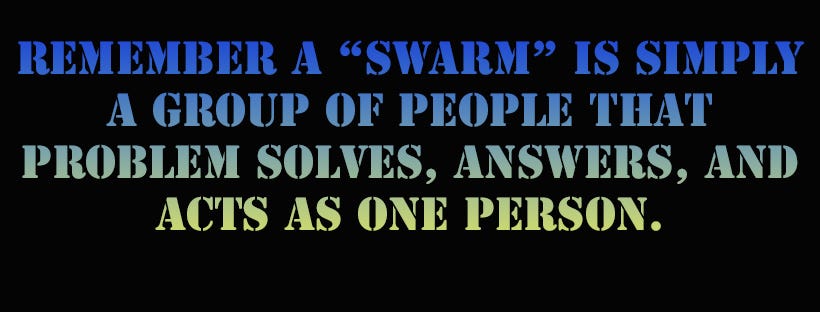
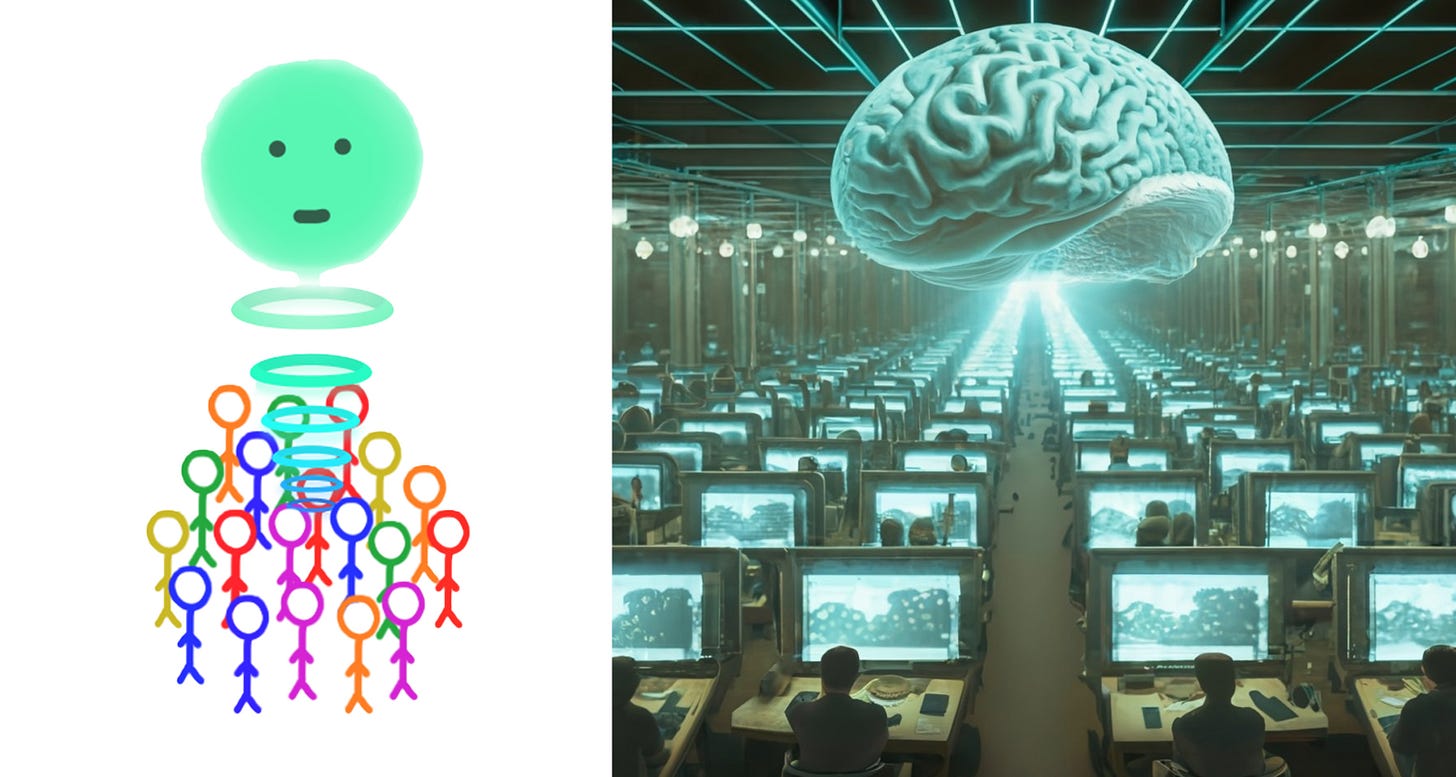
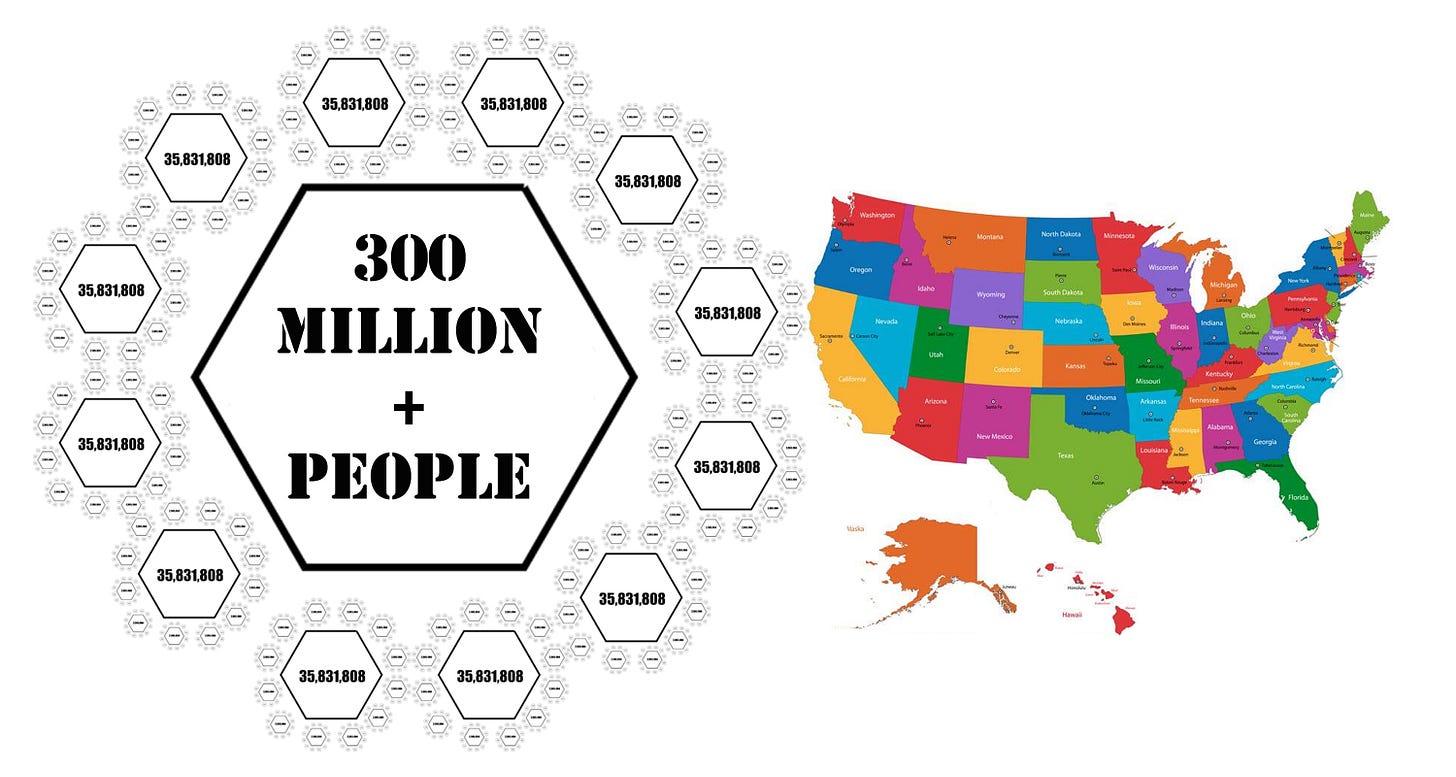
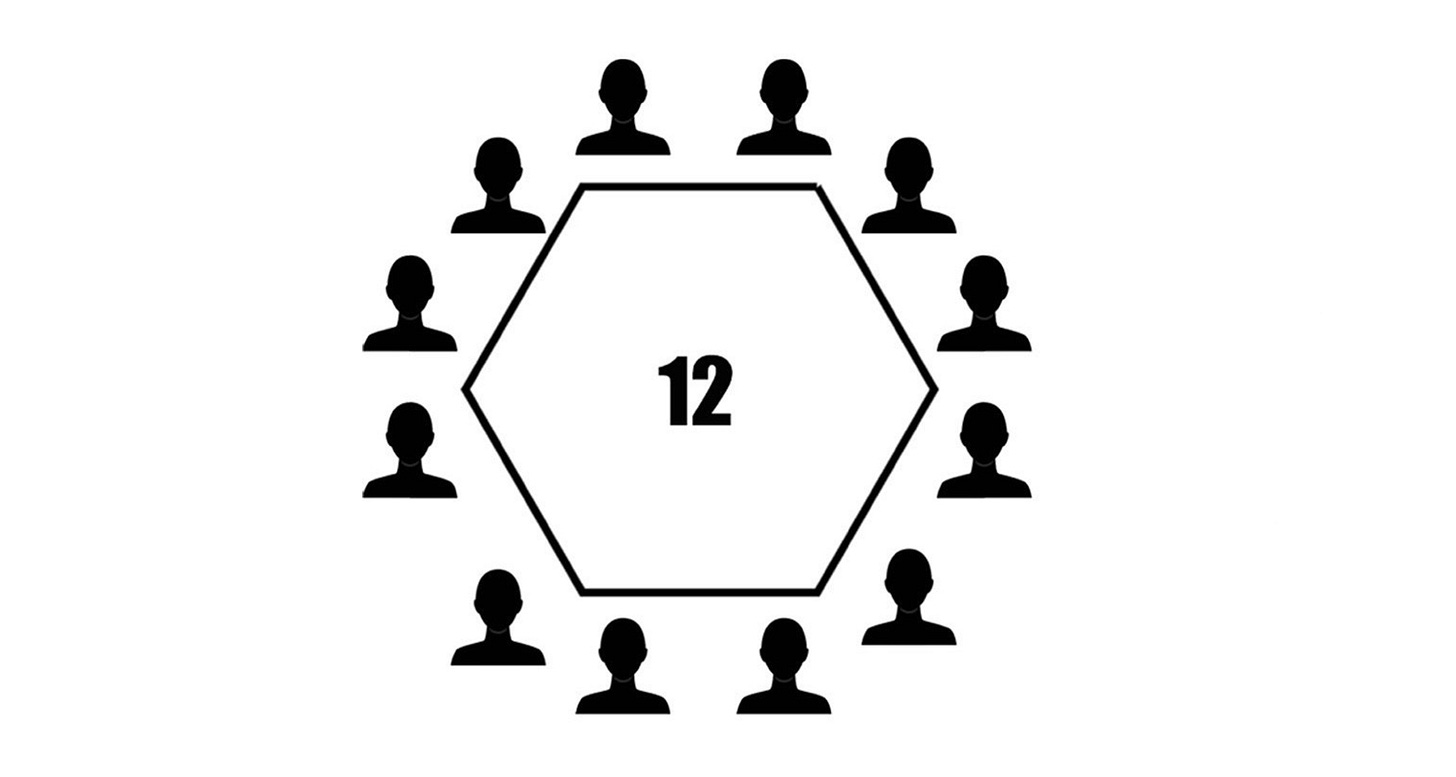
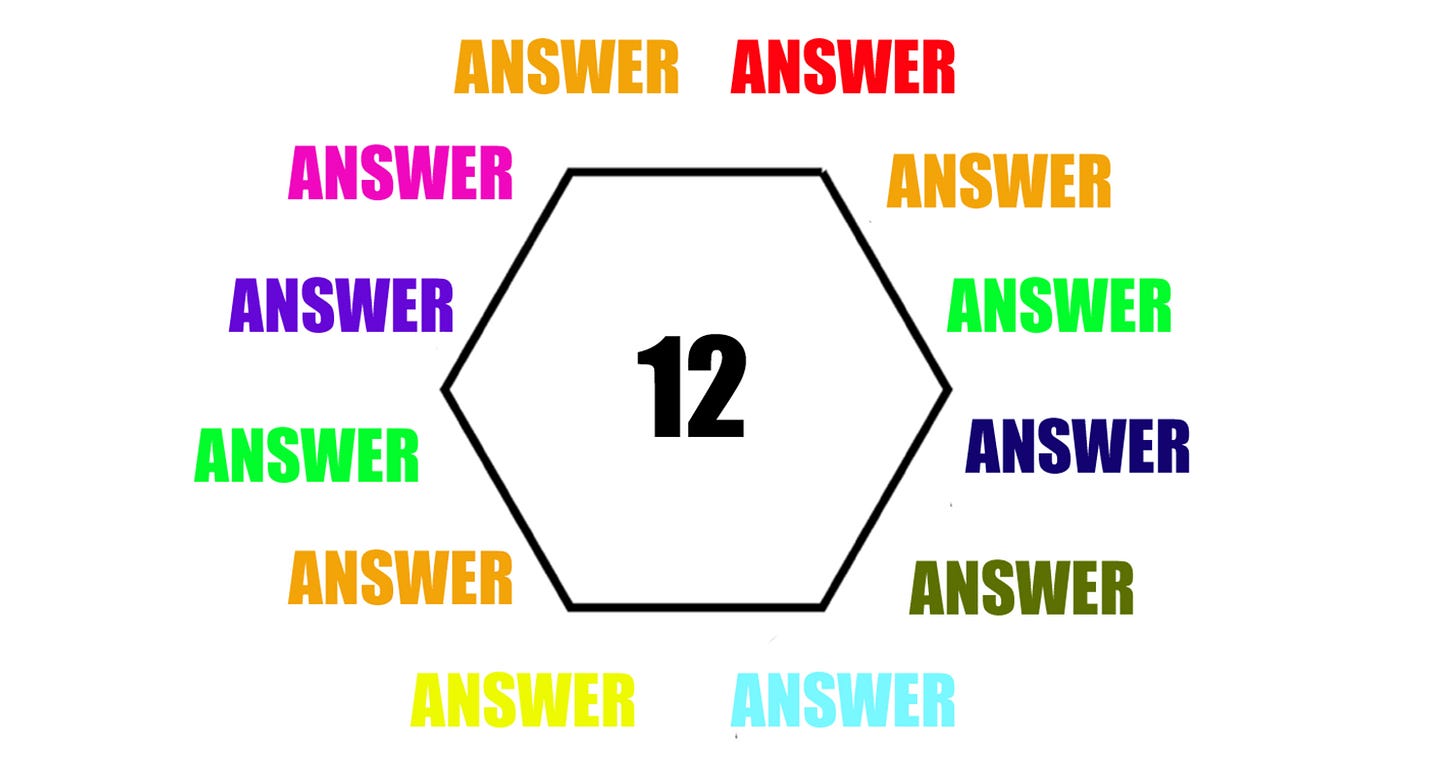


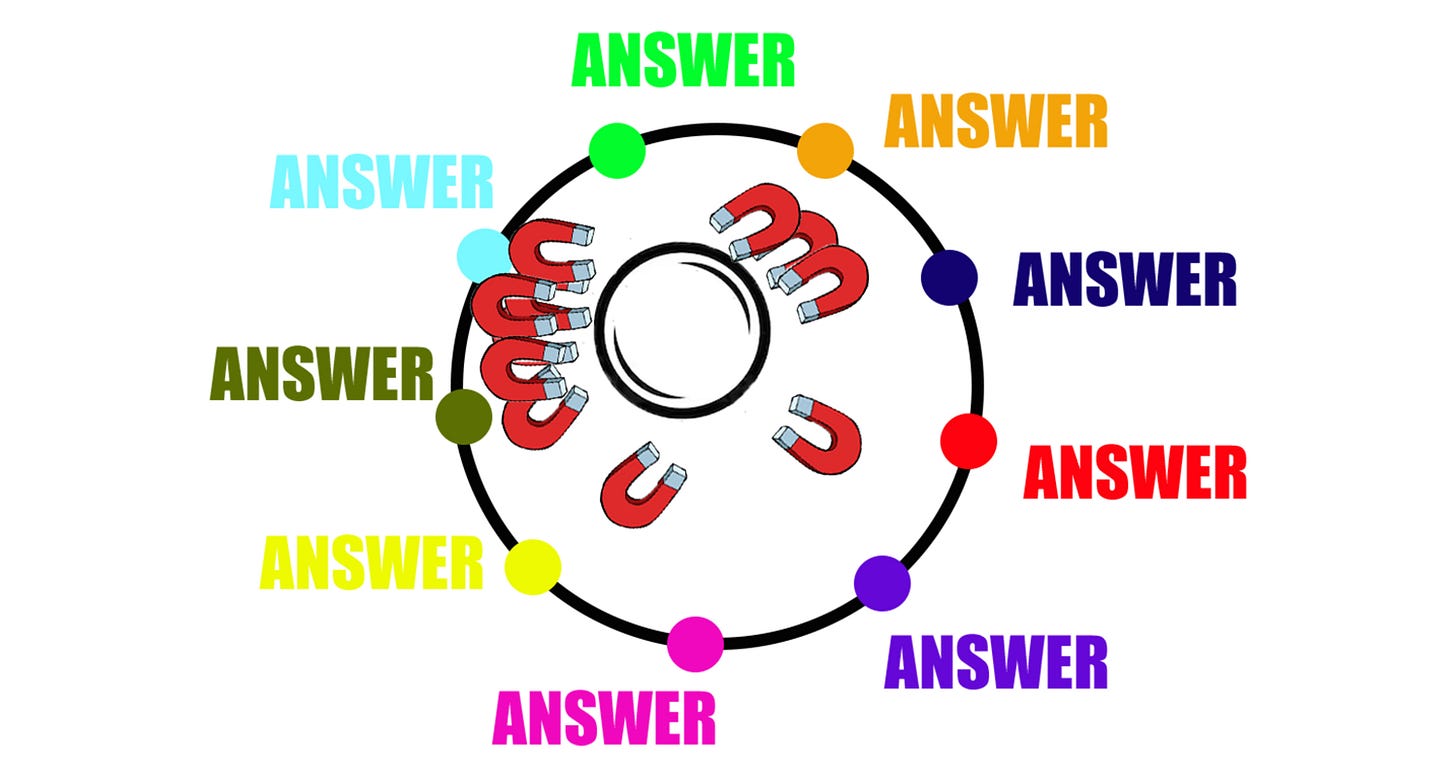
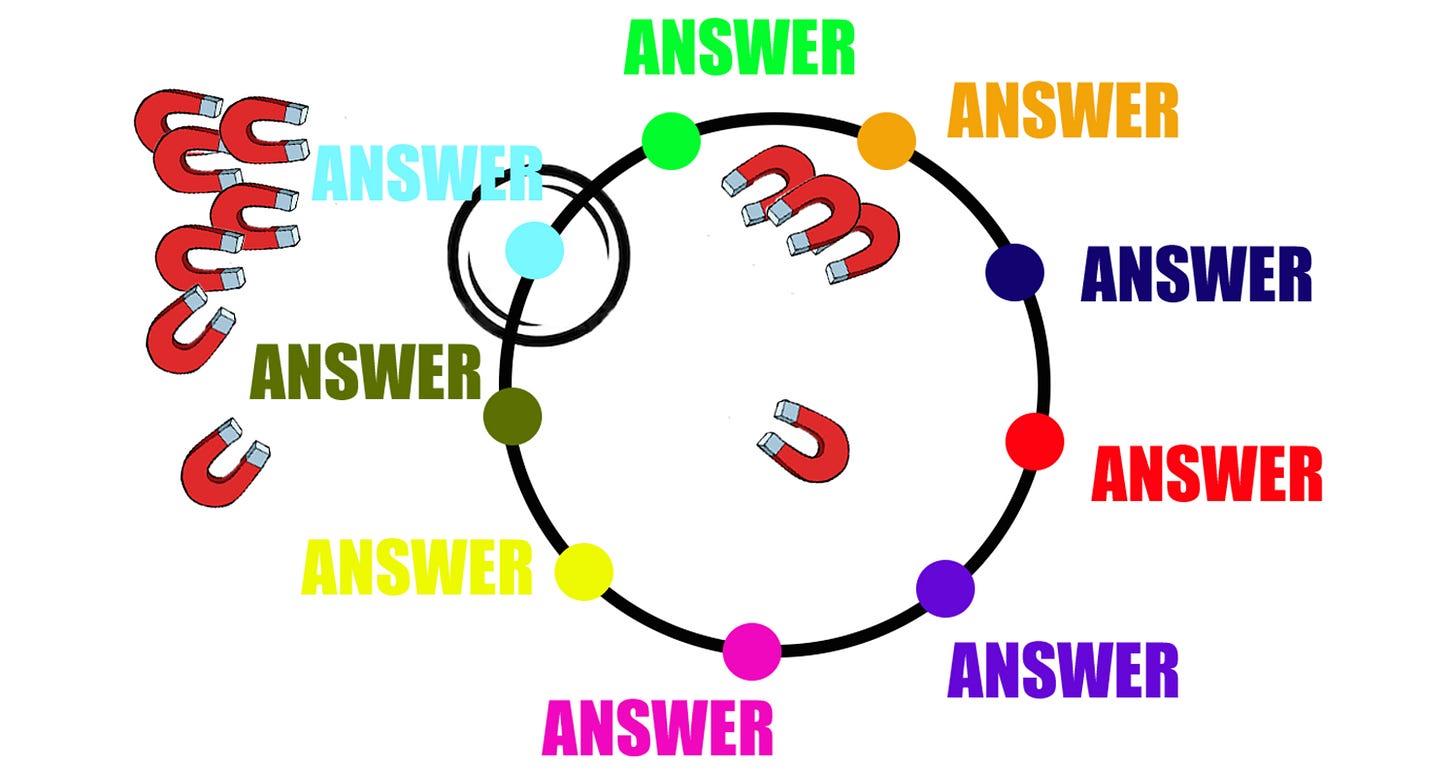
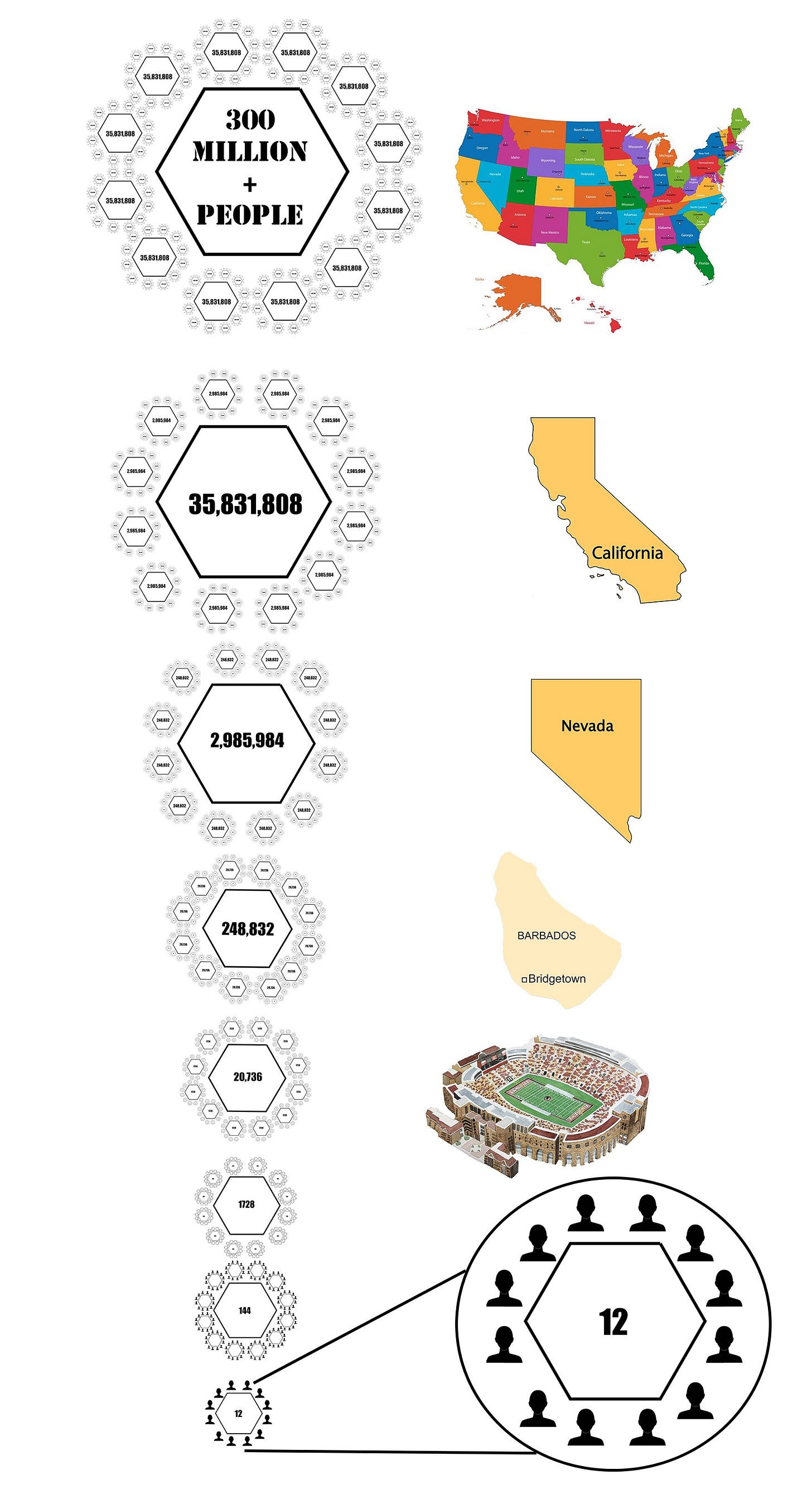
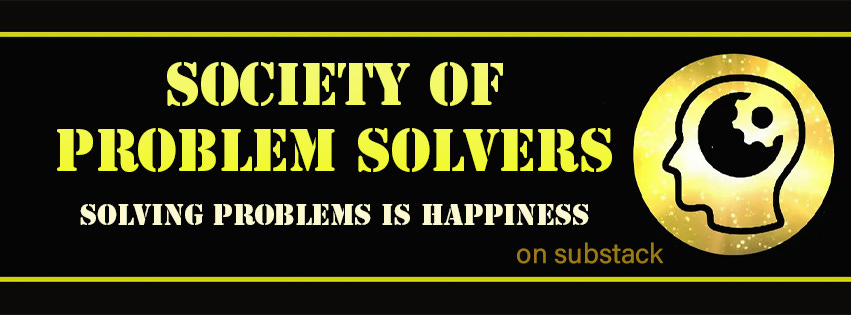
You need to present these ideas to Elon Musk.
The question I would ask:
Presently, every two years, we vote for representatives who are authorized to vote for us on the new laws that will finally do the right thing for everybody.
And yet the honest Congressional and Legislative representative admits that they do not read, examine or debate any of the laws they vote on. They simply cannot because in the USA, they vote on one hundred - 2,000 page laws every day.
They vote the way their "advisors" tell them to vote.
QUESTION TO THE CANDIDATES:
Do you approve of this, that the representatives vote the way the lobbyists tell them to vote?